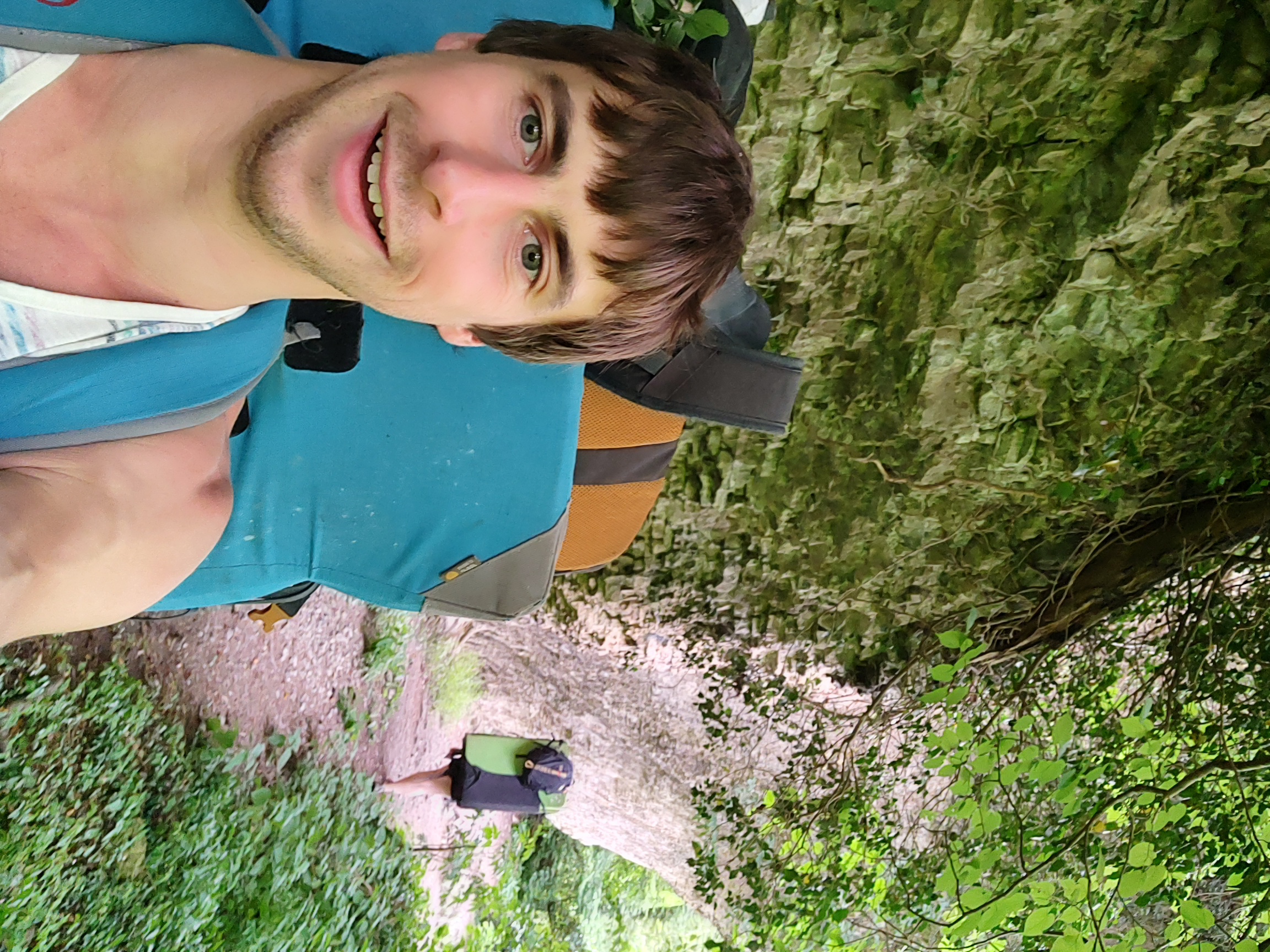Optimising 'Yoga' For Climbing Performance
- Daniel Kyte

- May 20, 2023
- 3 min read
Updated: May 28, 2023
'Yoga' is a process of self transformation, allowing us to adjust our own movement and thought patterns. Growing popularity in the west sees greater emphasis on physical postures and 'fitness' which is a great start in becoming more aware. In climbing, from novice to pro there needs to be a consistent development of awareness. Refining of the climbers movement patterns and mental game are defining characteristics of success, without which strength and power fail to be fully utilized.

The great benefit of a yoga mat, is it provides a base on which to turn our attention away from outside distractions. In climbing it is often challenging to slow down and rehearse our movements patterns sufficently within the time we spend on the holds. Take the drop knee, an anatomically complex action that often places irregular loads onto the knee, hip and ankle joints. How many of us have experienced a soft gentle yet stable drop knee that flows seamlessly from easy internal rotation of the hip and correctly timed force production as the joints of the leg line up? In a yoga practice we can rehearse and learn the internal feeling of rotation from the hip itself; this level of refined propiorecption is often neglected when our focus is on the external send.
Remember to breathe! How often have you heard that at the crag... Yoga postures give us the opportunity to reside within a pose (think like a resting position on a climb) and become aware of our breathing, regulating the inhale and exhale. With practice we can manipulate our own state of arousal by smoothing out the breathing, learning to reside comfortable within the natural pauses, we can soon become aware that we can feel at ease in poses which may have at first felt challenging. Think of the crux of the route, approached with rapid breathing, we may find we increase the tension causing the breath to be held momentarily, our body responds with increased heart rate and feelings of stress, our mind often interprets these as anxiety or a threat. What if instead we train ourselves to feel calm even when the breath is held and to be able to actively slow our breathing on cue?
Expanded awareness! We spoke of proprioception or our inner sensation and awareness of the body. In climbing a loss of awareness in just one foot, hand or finger can jeopardize our success. What if in yoga, practicing a sequence of 15-20 postures each morning you learn to maintain awareness, evenly divided between the little toes, the little fingers, the even flow of the breath, alongside directing the eyes to a gaze point e.g the tip of the finger whilst spreading your attention from the pelvic floor up the central column to the crown of the head. Then how could this translate to your inner integrity on the wall?
Restore and recover! Used skilfully yoga postures help bring us back to our own neutral position, in which the body feels comfortable, supported and steady. Yoga postures can of course increase our range of motion so we can reach those further away foot holds, but in a complete yoga practice we aim to move one way, move the opposite way and then come back to our centre or neutral position. This helps us restore a more anatomically comfortable posture as opposed to our habituation posture e.g. the climbers hunch. While practicing we aim to develop a sense of inner contentment at which ever point we are at, sure there is desire (tapas) to go further, yet we balance this with 'inner peace' regardless of our self-perceived performance.
Stillness in movement! The great trick being, to realize that there is no stillness in movement. Yoga teaches us to find our balance, fine-tune and make all those micro adjustments that may make us seem perfectly poised and still. In fact there is a constant interplay of push and pull, inhale and exhale, a myriad of micro-movements supporting each joint, and ever fluctuating rhythm of our heart. Attending to this array of sensation and perceptions within the relative safety of the mat can then gradually shift into the challenging and dynamic environment in which we climb.




Comments